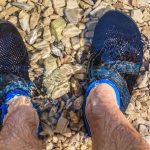Over the course of ten years, we have reviewed Brooks running shoes and found them to represent a certain level of quality.
If history tells us anything about Brooks, it’s that they’re a business owner who does not take risks. Their running shoes are usually made up of high quality material and have very common cushioning systems.
For instance, the DNA Loft foam – which can be found in its staples such as the Ghost and Adrenaline – is an EVA mixture rather than PEBA or E-TPU.
This isn’t to say that Brooks doesn’t use new-age materials in their products – the Hyperion Tempo, Catamount, and Elite all have lightweight DNA Flash foam; while the Levitate has springy ‘DNA AMP’ midsoles. Even so, Brooks does have one sneaker which uses this root of the material -the Glycerin 20 now has the DNA Loft V3 Foam–a Nitrogen infused material which originated from DNA Flash Foam.
But these foam technologies have their quirks.
For instance, the Brooks Levitate 5’s PU midsole is firm and vertically springy because of the layer over its soft core. It isn’t lightweight either.
In addition to reports of the DNA AMP Midsole cracking in half, there are reviews about how the newest generations of Ricochet and Levitate are cheaply made. The new model for Ricochet 3 does not use a full-length DNA AMP setup – it instead relies on a small Forefoot setup using just one block of DNA AMP wedges. Similarly, the new model for Levitate relies on an extra layer of EVA foam with no DNA AMP material whatsoever.
Despite being light by today’s standard, the Brooks Glycerin 20 still weighs over 10 ounces.

The DNA Flash foam is made by stirring high pressure nitrogen into EVA foam (more information about this can be found here). This produces a tough yet light material perfect for speed trainers and racers.
One thing we noticed about Brooks is that they don’t include any fancy or flashy items in their bread and butter selection. They stick to what they do best, and you can definitely see why.
The running shoe industry has changed so rapidly over time, yet there is still a market for ‘regular’ running shoes that maintain the status quo. Take the Brooks Ghost 14 for example – at its core, this evergreen neutral trainer is surprisingly simple, and in that lies its universal appeal.
A single-density midsole is topped with a removable footbed. The smooth and true-to-size upper feels plush for its $130 retail price. As a sum of parts, the very comfortable Ghost 14 could be just one shoe to do everything from casual walking around the city or errands to working out at home or hitting some trails in – this versatile sneaker has something for everyone.
Runners enjoy the predictability and reliability that comes with every new Brooks product release. Other brands constantly make changes to their staple products, but Brooks prefers to leave things how they are while adding only small improvements here and there- well, except for Guiderails.
Eight years ago (wow, how time flies!), we reviewed a Brooks running shoe called the Transcend. This new design had an elevated ‘Guiderails’ that followed along for stability in every step you took; it was even more advanced than the medially-posted Brooks Trance 12 design before it!
Back then, all stability shoes had a firmer wedge (medial post) and doing anything else was simply unthinkable. It was the original ‘supportive neutral’ running shoe, which is now seen as commonplace. An example of this form factor would be the Nike Structure 24.
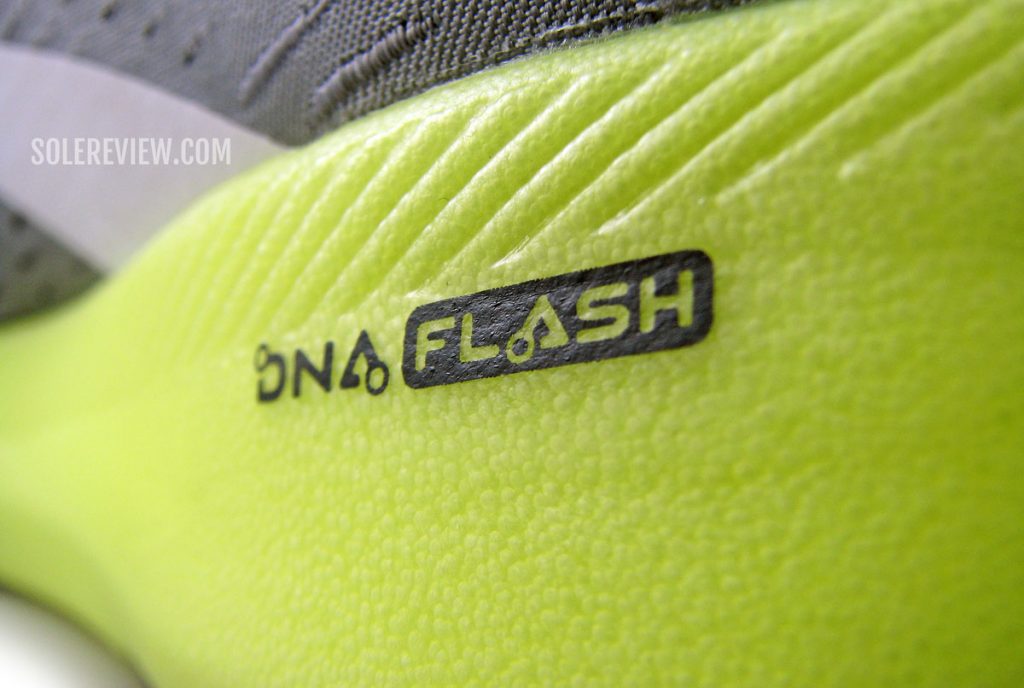
The DNA Flash Foam is made from mixing Supercritical Nitolgen with EVA foam, which ends up being both firm and light-weighted. This makes it perfect for shoes meant for long-distance running or fast-paced training such as speed trainers or racers.
Brooks takes a no-nonsense approach when it comes to which shoes they produce. No one will deny the popularity of their namesake models – such as the Ghost or Adrenaline – yet you won’t find anything fancier from this company anytime soon.
The running shoe industry changes so fast, which means there is a demand for regular running shoes that keep up with the time. Brooks Ghost 14 exemplifies what makes these types of shoes unique – it provides everything you need and nothing you don’t.
Sporting a removable footbed and a layered-thick midsole, this sneaker has always been made for those looking to take on all sorts of terrain. For only $130, this well-made Ghost 14 can be worn in any situation – from running errands to just lounging around the house.
Runners will always love a good reliable shoe. Other brands may change their shoes every few months but Brooks keeps it simple. Sort of – the Guiderails were an update after all.
Eight years ago, before today, we reviewed a Brooks running shoe called the Transcend. It was ahead of its time – succeeding the medially posted Brooks Trance 12 design with a wide midsole and elevated ‘Guiderails’.
Back then, stability shoes were made with a firmer medial post, and doing anything other than that was unthinkable. It was the original supportive neutral running shoe – something which is now commonplace.
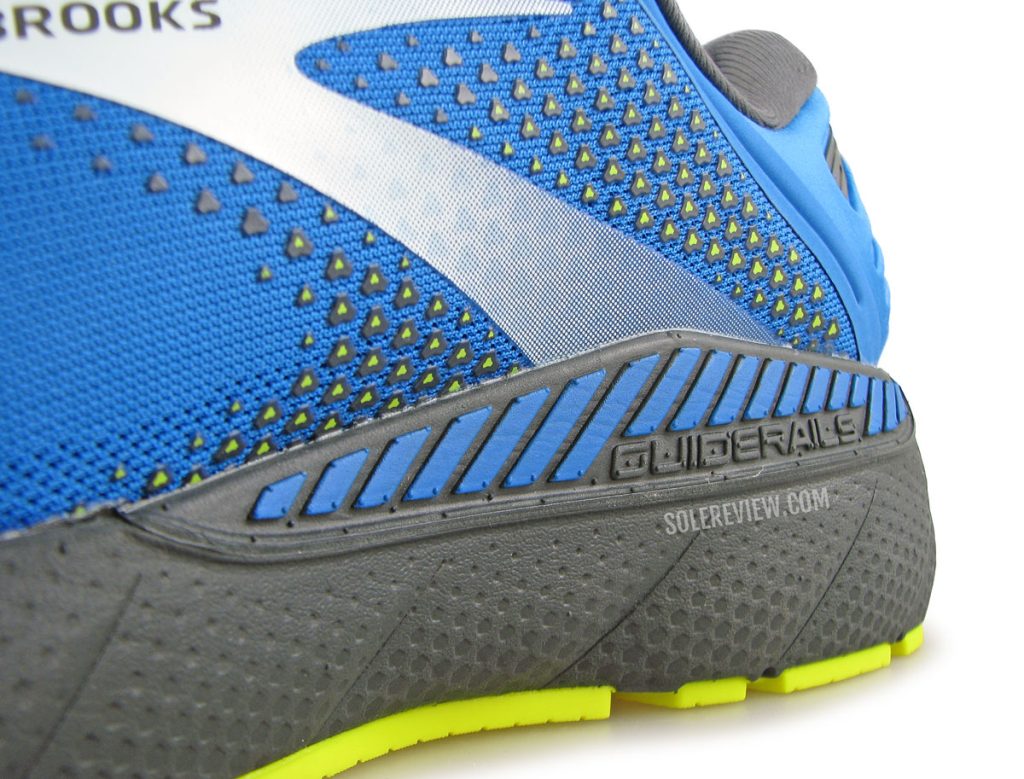
However, the Guiderail wasn’t the perfect design solution back until now, and it still isn’t. More than six years ago, we stated that the Transcend 3’s guiderails created a mild hot spot below the arch. It’s déjà vu with the recently released Adrenaline GTS 22 as well.
Also, since most Brooks running shoes are quite supportive, the small Guiderail’s role in the overall scheme of things is extremely insignificant.
All claims about guiderails preventing foot roll or pronation are unsupported by evidence but that’s okay, it doesn’t make sense for every brand to promote its own product.
Slapping Guiderails on every other shoe and naming it something-something GTS is a halfhearted strategy.
For instance, the medium-sized Ravenna is gone and has been replaced with the Launch GTS 8 (now Launch GTS 9). There isn’t much difference between the standard Launch 9 and its GTS variant, to be honest. And looking at it now, the Levitate GTS 5 appears to be replacing Brook’s Bedlam.
It seems that the Transodox has bid farewell, leaving room for the Glucerna 20 GTS. Granted, it does make sense. After all, we described the Glucerna before as a supportive Glycerin.
What else is new?
For many years, Brooks did not sell a running shoe for less than $100. Until about five years ago, the Launch was their cheapest shoe.
Since then, things have changed. The $85 Anthem was the first Brooks shoe to retail in double digits, and the current line-up has several budget products like the Range 2, Signal 3, Transmit 3, and Trace. That makes sense because other brands sell excellent running shoes below the $100 threshold.
Summing up, we can conclude that Brooks’ three pillars of innovation are – a) the new foams like DNA AMP and Flash b) Guiderails c) Affordable sub-$100 running shoes.
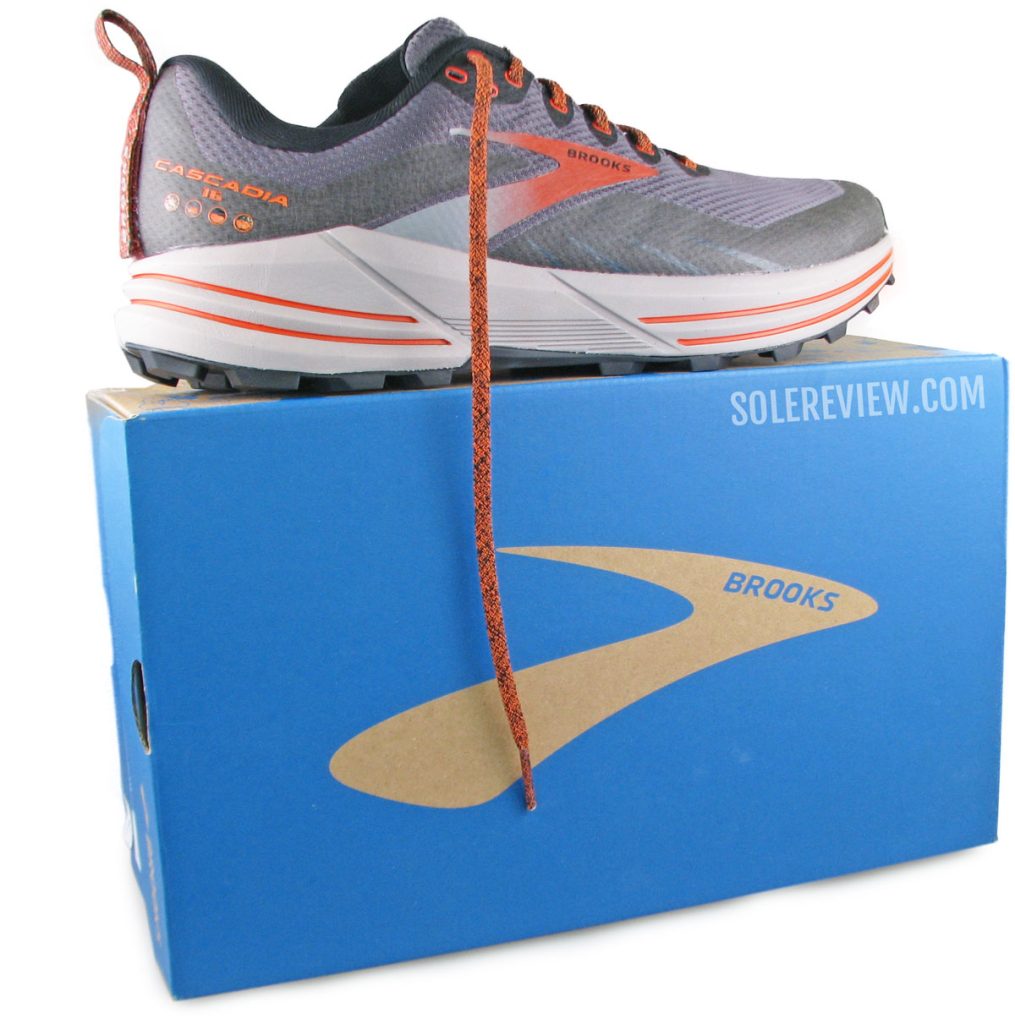
Aside from that, it’s business as usual. This list includes popular products such as the Adrenaline, Ghost, and Glycerin along with newer versions of them including the Ricochet and Addiction GTS 15.
The Cascadia is an excellent trail shoe, and the 16th version has been completely redesigned. The midsole now features a foam stack instead of Pivot posts.
Daily neutral trainer: Brooks Ghost 14
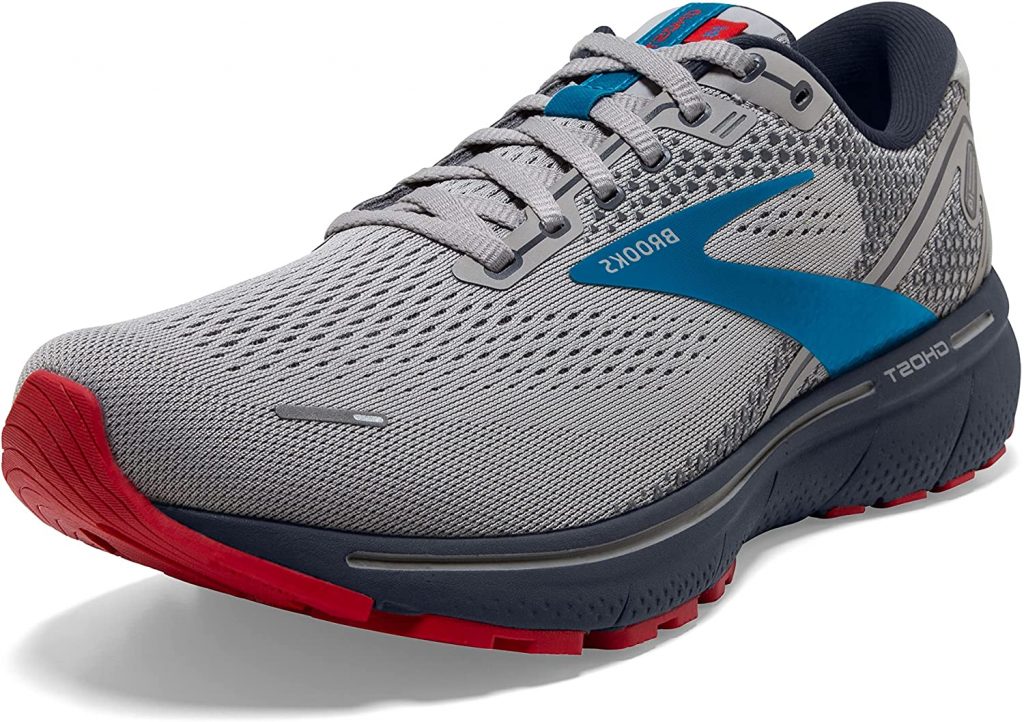
Neutral running does not get any more dependable than the Brooks Ghost 14. We say this because we are confident in our opinion, and not just because of what it says on their product description.
Though the design feels luxurious inside due to its soft touch upper, it is the midsole that matters most. Unlike before when they were two separate pieces, they are now one unit.
This was a change that took place on the Ghost 13, and it has carried over onto the 14. The switch to a one-piece midsole made for an improved ride without sacrificing comfort.
We’ve always seen the Ghost as a great deal with an inexpensive price tag. It shares the same DNA from the Glycerin but sets itself apart by being quick and nimble.
The ghost just feels lighter over the foot, and it is also easier to clean compared to the Glycerin.
The Ghost 13 was an excellent daily trainer with loads of versatility, and we’re happy to report that the Ghost 14 is more of the same.
A waterproof and winterized Ghost GTX (Gore-Tex) version is also available for a $30 upcharge over the regular Ghost. Brooks uses the Gore-Tex ‘Invisible Fit’ laminate to achieve a true-to-size fit.
Long-distance neutral trainer: Brooks Glycerin 20
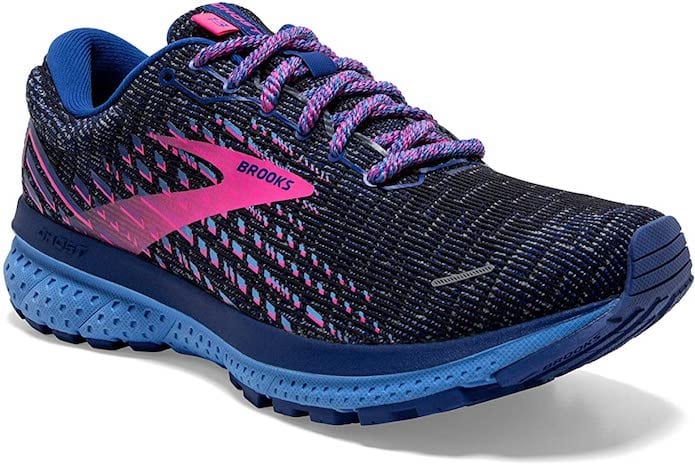
If you’re looking for a running shoe for the long and easy runs, then the Brooks Glycerin 20 is a safe and dependable option. And no, the midsole isn’t super-bouncy or pillowy-soft.
What it does have in spades is a very smooth and supportive ride quality. You can thank the new DNA Loft V3 midsole that feels just right in its cushioning delivery. It’s neither too soft nor too firm, and that’s what gives this running shoe a nuanced character.
There’s ample cushioning for longer runs, and the wide midsole adds stability. A full-coverage rubber outsole and a rounded heel edge make the transitions smooth.
Brooks has a reputation for making plush and seamless uppers, and the G-20 doesn’t disappoint.
The plump heel collar and padded tongue create a secure yet plush interior. Do note that the Glycerin 20 lacks an inner sleeve as the Glycerin 19 (and prior models) did.
Since 10.2 ounces isn’t exactly lightweight, the Glycerin 20 is best used as a daily trainer at cruising speeds. There’s plenty of cushioning underneath, so the running distance isn’t a limiting factor.
Supportive everyday trainer: Brooks Adrenaline GTS 22

The Adrenaline GTS 22 is Brooks’ stability shoe equivalent to models such as the New Balance 860 and the Asics GT-2000. Unlike the newer version of the GT-2000, it features a heftier price tag.
The firmest medial post of the earlier generation Adrenalines has been replaced with Guiderails.
The raised midsoles’ walls are made to ensure stability when walking or running. SoleReview has found out through reviewing the shoes that they act as a sensory placebo – just like the medial posts.
There has never been a perfect design solution – and the Adrenaline GTS 22 is no exception. It provides more support than previous models, but it also comes with firmer Guiderails which can lead to discomfort for some runners.
Nonetheless, the GTS 22 is an all-day cushioned and supportive shoe that should work for most people. Our in-depth review is here.
Supportive daily neutral trainer: Brooks Ricochet 3
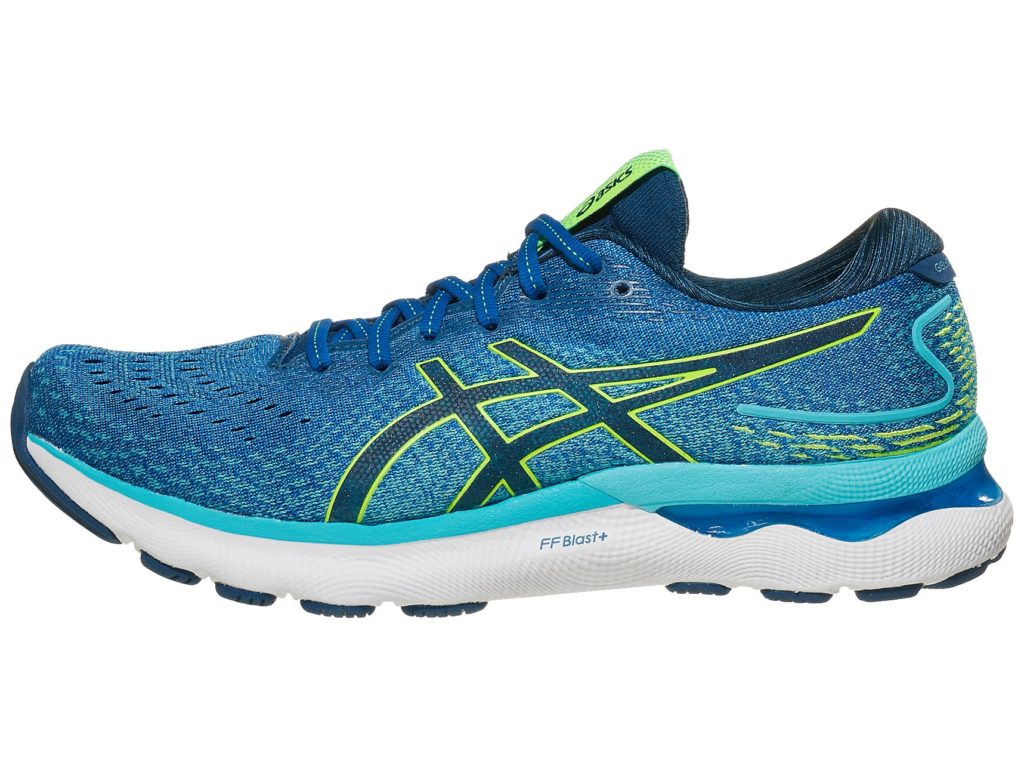
The Ricochet and the Bedlam were two new models of shoes made by Brooks. The invention was called the Levitate, which was created with a special type of material known as Polyurethane.
The softer PU foam inside the levitate provides for a comfortable yet responsive ride, but it also prevents the midsole from digging too deep into your foot. This gives the DNA AMP Sole a uniquely boosted level of comfort without sacrificing performance – all while being unique at the time of release and still holding up today.
But the Ricochet 3 isn’t the Levitate.
This shoe’s midsole is made up of both DNA AMP and EVA foam. The DNA AMP at the front of your foot give you a light, bouncy sensation without making the shoe heavy. Beneath this, there is an EVA layer which provides cushioning for every day runs.
We’re happy to report that the new upper of the Richochet 3 exceeds expectations. It features a tongue flap and no sloppy lacing loops – unlike its predecessor, which was both uncomfortable and ill-fitting. The new knit collar is also padded on the inside for comfort.
It’s worth noting that unlike the previous models of the Richochet 3, most of its cushioning comes from BioMogo EVA foam rather than DNA AMP material. In the previous design, there was a large length layer made up of DNA AMP over the shoe’s EVA midsole; this time around, it only covers about half way across.
Though it lacks some of the bells and whistles of its big brother, this 9.7-ounce running shoe is equipped for all sorts of activities from light jogs to marathon training sessions.
Also available are the Brooks Levitate GTS 5 – the stability edition of Ricochet with a $30 price premium. It was previously known as Bedlam.
Lightweight Tempo trainer: Brooks Hyperion Tempo
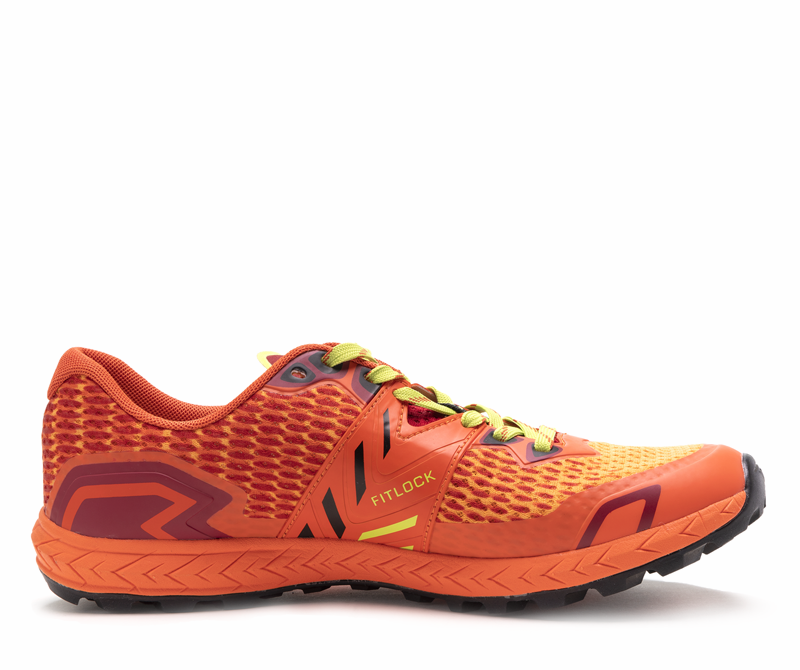
The Tempo is an obvious take on the Skechers’ Hyperburst pack, so it shouldn’t come as a surprise that they’re remarkably similar. The Tempo weighs 7.2 ounces but manages to provide good cushioning – which works wonders when running long distances.
The Skechers GoRun Razor 3 Hyper and the Brooks Hyperion Tempo share many similarities despite being designed for different purposes.
Here’s our detailed take on the Hyper-T.
Lightweight neutral trainer: Brooks Launch 9
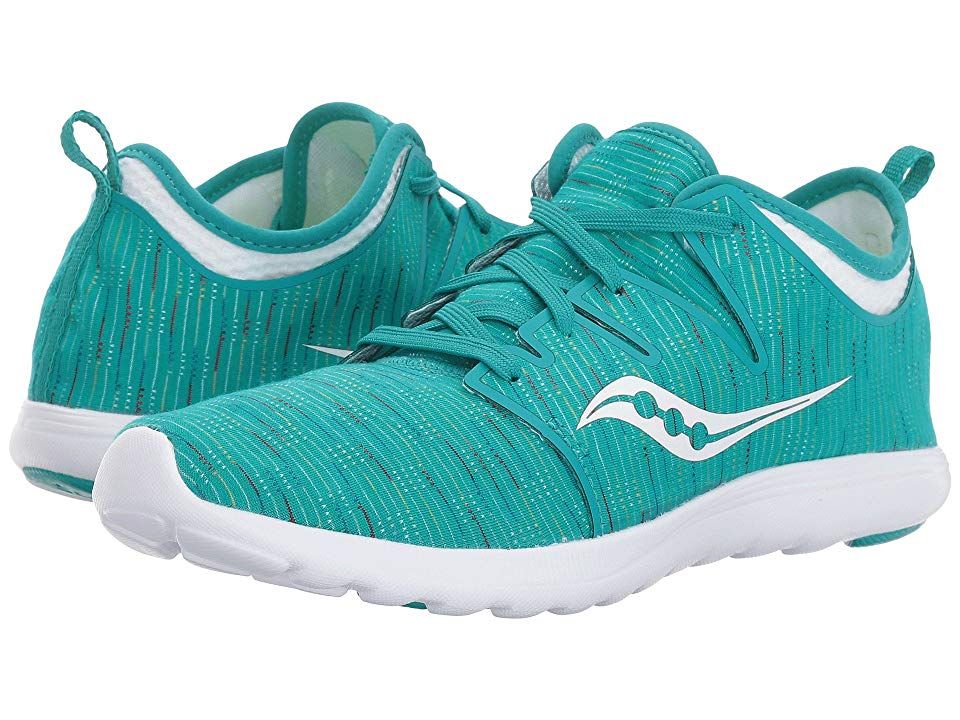
Until a few years ago, the Brooks Launch was an acquired taste. It had a significantly firm ride that was excellent for higher speeds, but did not please runners who wanted a softer ride experience.
This change came about when we reviewed the Launch 8 from last year. Comparing it to past versions, we noticed that this iteration had a significantly softer EVA foam midsole.
For the year 2022, Brooks launches a new Launch 9 series. The main feature of this shoe is the softer midsole which provides durability and cushioning for fast runners. Even though there’s an increase in price ($10), it comes with its own full-length outsole to make sure nothing gets left behind.
The simple but well-built uppers complement the midsoles. The one-piece mesh material locks my feet securely in place, and there is nothing between me and it except for the standard heel straps and tongue.
The Launch 9 breathes very well, which is why we recommend it for our summer shoe suggestions.
Max-support trainer: Brooks Addiction GTS 15

We’re not sure if the Addiction GTS 15 replaced either of the Brooks Beast 20 shoes. Or if it has replaced the outgoing Addiction 14 from this year. But if next year there is no new version of the Brooks Beast 20, then we’ll know for sure that it replaced it.
For now, we’ll just have to take this shoe at face value. As far as we can tell from looking at it, the Addiction GTS 15 is a mix of the Transcend and Beast models. It has an upper part that’s wide and comfortable for those leisurely long runs; weighing about 12.2 ounces (346 grams), it will provide stability for all your steps you make when running around.
The mesh at the top of this shoe provides plenty of space for my feet, while also providing a comfortable layer. With an insole that can be switched out with custom orthotics and four sizes to choose from, this shoe is perfect for anyone who wants something unique.
All-around trail running: Brooks Cascadia 16
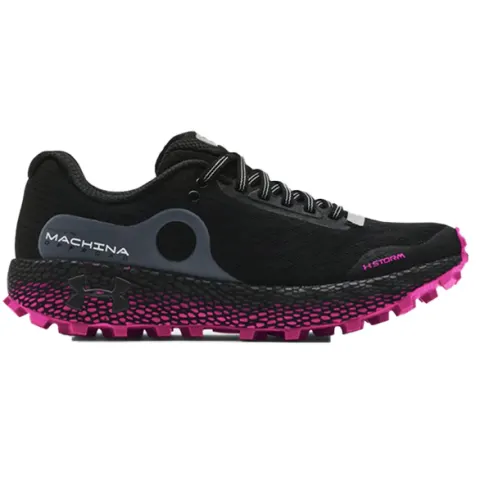
The Cascadia 16 has excellent grippy soles and can handle rough trails easily, making it a great all-around shoe for just about anyone.
This shoe has an adequate level of stability for both short and long distance runs, even when navigating tough trails. Our only complaint is its relaxed fit in the midfoot which prevents fast running on steep gradients.
The wide DNA Loft midsole provides enough comfort and stability for long trail runs. The Cascadia 16 has a high-grip Trailtack outsole which means it is good at handling both wet and dry surfaces. For protection, the forefoot sports an elastic rock shield that can handle points of rocks or roots sticking up from the ground; this helps keep your feet protected when running over rocky terrain.
The upper is reinforced with a fused mudguard and toe-box that prevent slush from sticking to the shoe’s edge.
When wearing gaiters with the shoe, there’s an elastic loop on the tongue that hooks onto the D-ring of the gaiter.
For an additional $30 you can purchase the Gore-Tex version of the Cascadia 16 GTX which we also reviewed recently.



